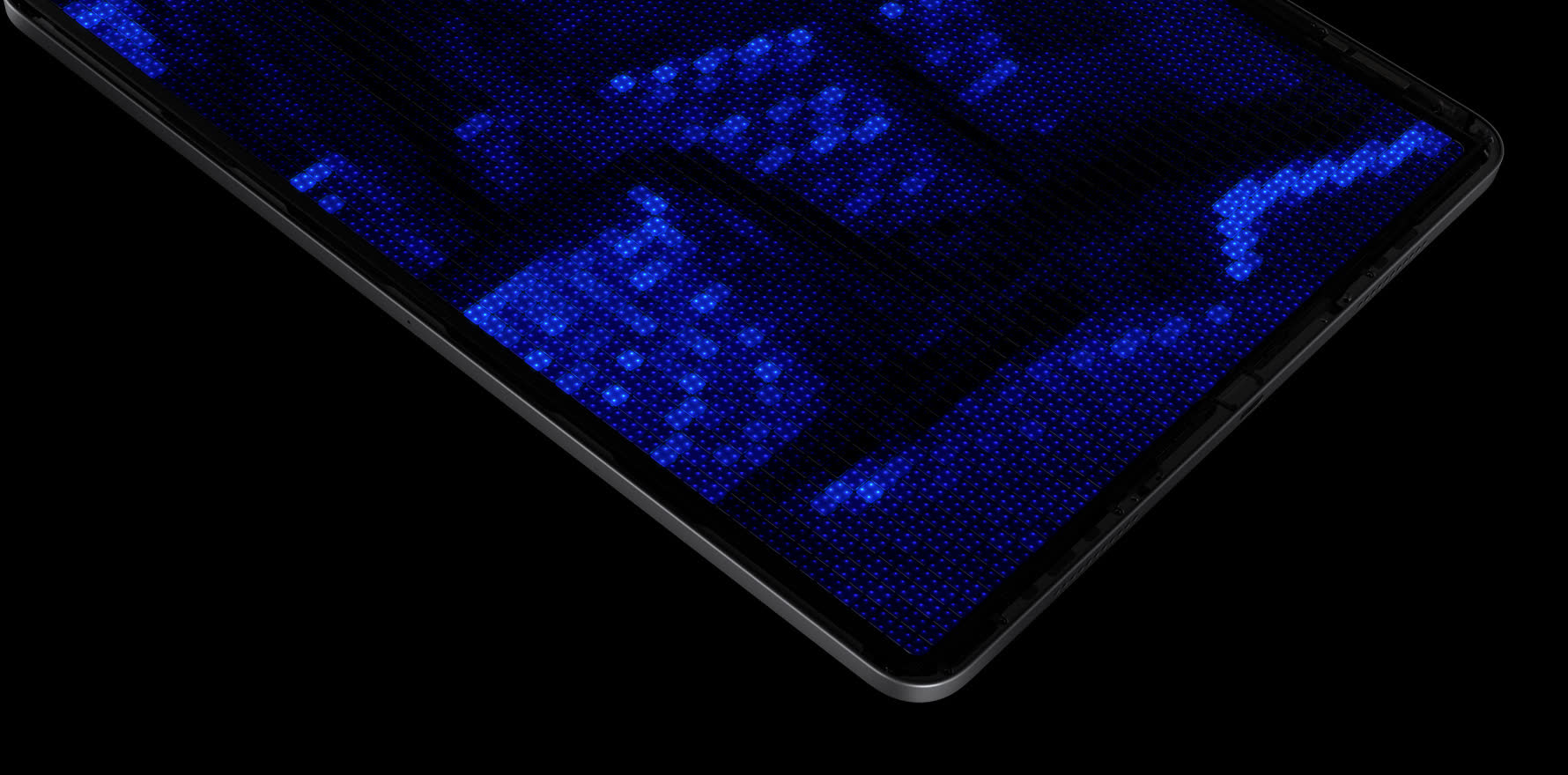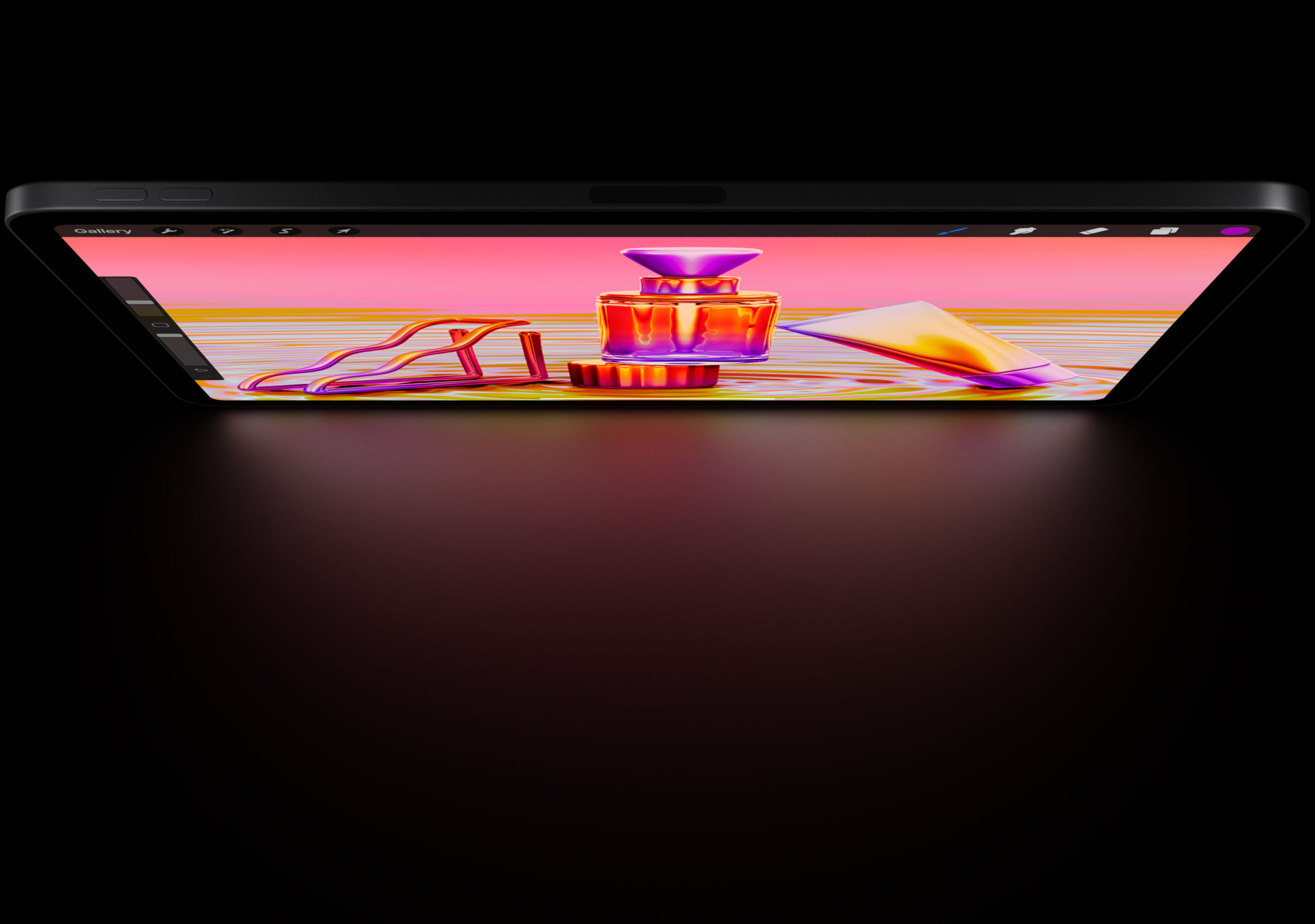Why it matters: Reviewers have been praising Mini LED displays for their ability to combine qualities of both LCD and OLED panels, so Apple is preparing for an increase in demand as it introduces more products that integrate the new tech. At the same time, the company may be working with Samsung on more advanced OLED panels with higher brightness levels and longer lifespans.
If a DigiTimes report is to be believed, Apple is currently ramping up Mini LED production and diversifying its supply chain to ensure it can meet demand for upcoming products. The Cupertino company is reportedly in the process of certifying the production lines of Chinese company Sanan Optoelectronics for Liquid Retina XDR display manufacturing, with the first shipments expected to starting in Q2 2022.

Meanwhile, Apple is said to be working with Samsung on more advanced OLED panels for future iPad and Mac models. According to Korean publication The Elec, the two companies are developing new "T-series" OLED displays that have a "two-stack tandem structure." Essentially, the new display technology involves two emission layers that allow for greater peak and sustained brightness, as well as a longer lifespan for the display itself.
Mass production is expected to start next year, and the "T2" version of the new display could show up in new iPads, iMacs, and MacBooks sometime in 2024. Renowned analyst Ming-Chi Kuo previously said Apple had been planning to develop a 10.86-inch OLED iPad Air for a 2021 release, but the project was eventually scrapped due to concerns related to yields and manufacturing costs.
As you'd expect, Samsung will be the first to use the more advanced OLED panels, with the "T1" version expected to debut in future Galaxy Tab and Galaxy Book devices.
